In mid-April, the global ferroalloy market experienced a significant price decline, driven by weak demand and rising production costs. Despite higher input costs, producers found it challenging to pass these increases onto buyers, reflecting the pressures faced across the industry.
Price Drops in Key Markets
China and India, two major players in the ferroalloy sector, witnessed declines in silicomanganese prices. In China, Mn 65% silicomanganese prices fell by $6 per ton, reaching a range of $799–836 per ton EXW. Similarly, in India, the indicative price of Mn 53% silicomanganese dropped to $982 per ton EXW. These reductions highlight the broader challenges within the ferroalloy market.
Rising Costs Amplify Challenges
Producers faced increasing costs on multiple fronts, particularly in India. Electricity tariffs were raised in April, leading to an estimated rise in production costs of $58 per ton for ferroalloys. Additionally, Australian manganese ore prices increased by 4%, further pressuring producers. However, despite these rising costs, market conditions and buyer resistance prevented companies from adjusting prices accordingly.
Export Pressures and Trade Investigations
The export landscape further exacerbated the difficulties. A U.S. anti-dumping investigation launched in April targeted ferroalloy imports from Brazil, Malaysia, and Kazakhstan. This investigation not only added uncertainty for exporters from these regions but also raised concerns about redirected supply flows, potentially intensifying global price pressures.
Domestic Demand and Future Prospects in India
While the global market faced challenges, India’s domestic market showed signs of potential relief for ferroalloy producers. Rising steel prices, with rebars increasing by $12 per ton to $668 per ton EXW Mumbai, coupled with introducing a 12% steel import duty, created conditions that could drive ferroalloy demand. Fueled by intense activity in India’s construction sector, this dynamic could lead to a price rebound for ferroalloys by the end of Q2.
Conclusion
The mid-April decline in global ferroalloy prices reflects a complex interplay of weak demand, rising costs, and trade pressures. While the short-term outlook remains uncertain, markets like India may offer a glimmer of hope, as domestic factors drive demand and potentially stabilize prices. As the industry navigates these challenges, the balance between cost management and market recovery will be critical in shaping its trajectory in the months ahead.

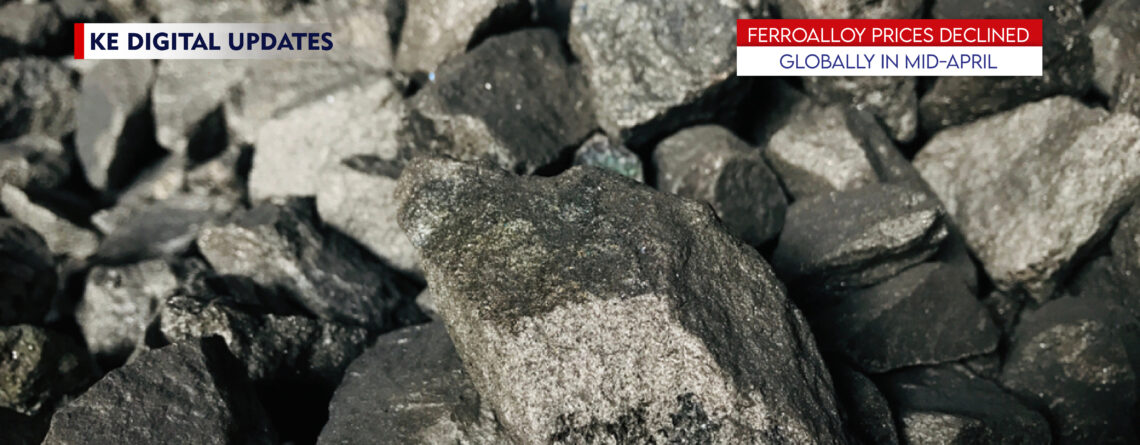
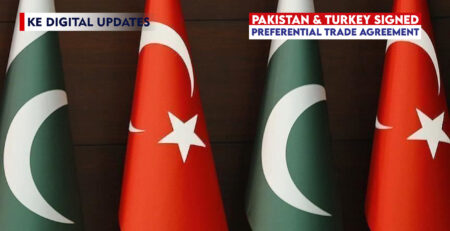
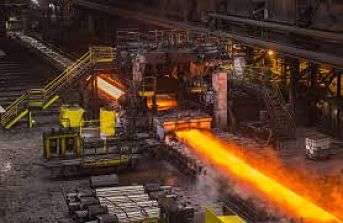

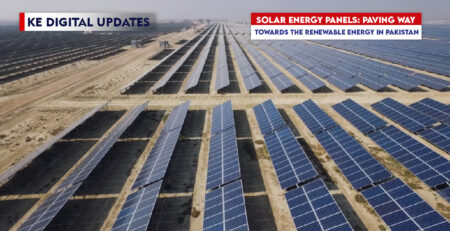
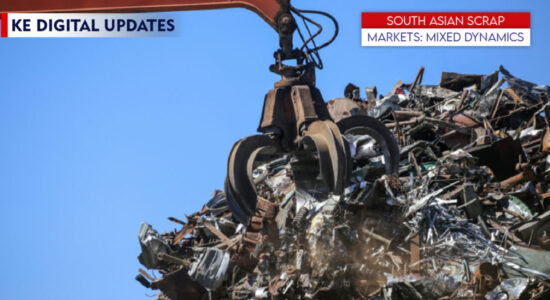


Leave a Reply